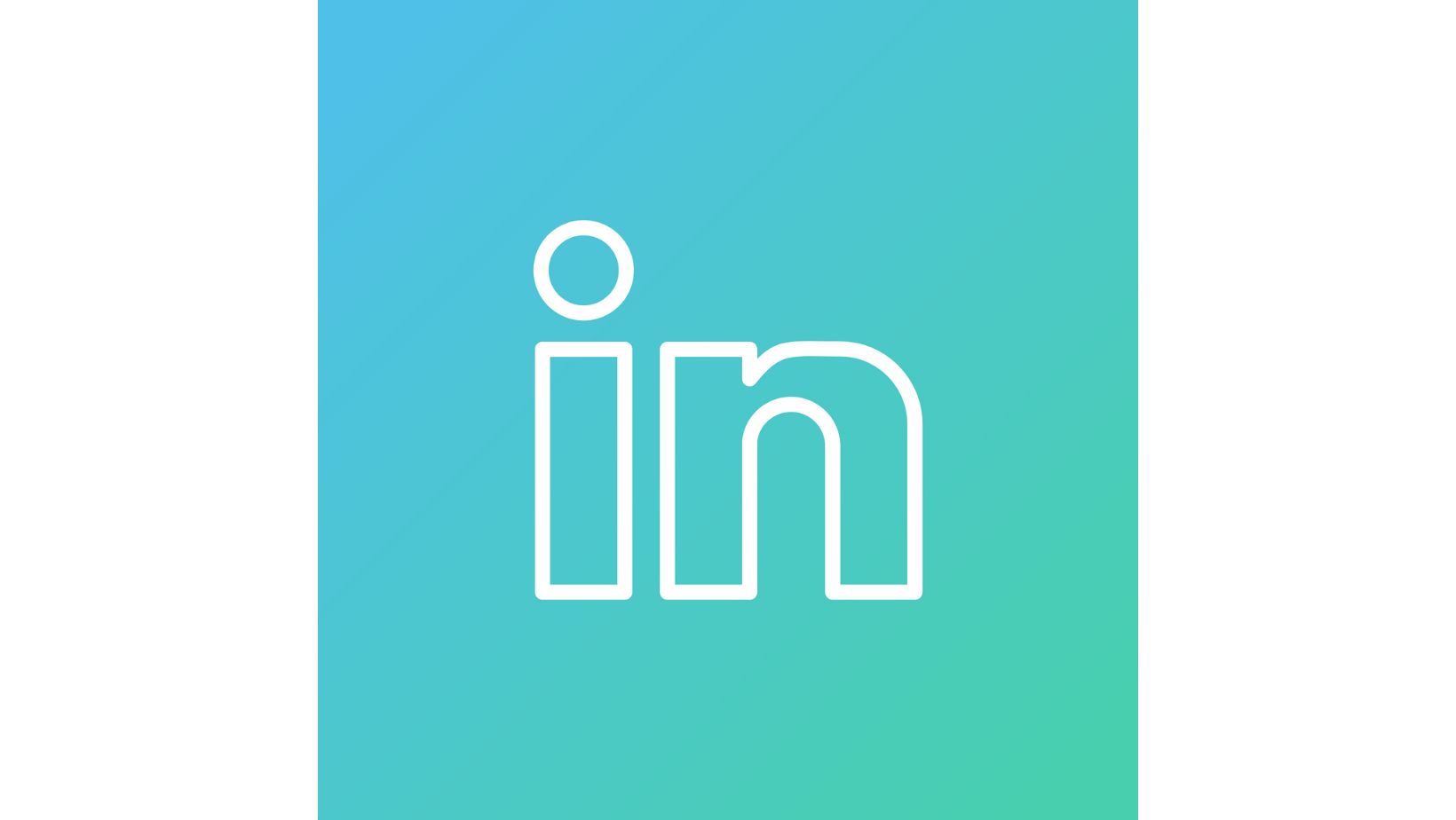
LinkedIn’s New Sponsorship Capabilities for Organic Posts
In a transformative move that recalibrates the landscape of B2B marketing, LinkedIn, the world's premier professional networking platform, has now unfolded an innovative feature that bridges the gap between organic reach and paid promotion. Brands on LinkedIn are now endowed with the capability to sponsor any organic post directly within the app, marking a significant pivot in how businesses can leverage their content to maximize visibility and engagement. This blog post delves deeply into the
nuances of this feature, exploring its implications for B2B marketing strategies, the opportunities it presents, and the challenges it may pose.
Traditionally, LinkedIn has served as a fertile ground for professional networking, career advancement, and the sharing of industry insights. Its advertising solutions allowed for the creation of crafted sponsored content, separate from the organic posts that companies would regularly share with their followers. The distinction between organic and sponsored content often led brands on a quest to balance their content strategy to maintain authenticity while also achieving the desired reach and engagement through paid promotions.
The introduction of the capability to sponsor any organic post directly within the app is a game-changer. It allows companies to seamlessly transform any well-performing organic content into a sponsored post, thereby amplifying its reach with precision targeting. This strategic shift acknowledges the inherent value of content that resonates naturally with audiences and offers brands a streamlined path to bolster this engagement, without disrupting the user experience or the authenticity of their communications.
One of the foremost advantages of this feature is the potential to amplify content that has already demonstrated appeal among a brand’s existing audience. By sponsoring posts that have organically garnered interest, companies can ensure that their promoted content aligns closely with their audience's preferences, thus enhancing authenticity and fostering deeper engagement.
With the ability to sponsor any organic post, brands can adopt a more data-driven approach to their advertising spend. Instead of speculating on which content might perform well as a sponsored post, companies can now let organic engagement metrics guide their decisions, ensuring that their budgets are invested in promoting content with a proven track record of success.
While the opportunities are abundant, this novel capability demands a recalibration of existing content strategies. Brands must now design their organic content with the potential for sponsorship in mind, balancing the innate desire for authentic engagement with strategic considerations for amplification. The challenge will be to maintain a genuine tone while subtly integrating elements optimized for wider reach and engagement through sponsorship.
or businesses striving to carve out or expand their presence on LinkedIn, this feature presents an unprecedented opportunity to magnify their visibility. By broadening the reach of their most compelling organic posts, brands can transcend the limitations of their immediate network and engage with a wider professional audience, thus elevating their brand visibility on the platform.
The sophisticated targeting capabilities inherent in LinkedIn’s advertising platform can now be leveraged to enhance the reach of organic content. Brands can sponsor posts to target specific demographics, job titles, industries, or regions, ensuring that their content resonates with the most relevant professional audiences. This precision in targeting is instrumental in facilitating meaningful connections and driving actionable engagement.
At its core, LinkedIn revolves around the cultivation of professional relationships, and this new feature accentuates this aspect for brands. By amplifying content that has already struck a chord organically, companies can strengthen their rapport with existing connections while also reaching potential new followers and clients. This enhanced capability to nurture B2B relationships through meaningful content is a cornerstone of successful digital marketing strategies in the professional realm.
As more brands embrace the ability to sponsor their organic posts, users may encounter an increase in sponsored content in their feeds. The challenge for companies will be to ensure that their sponsored posts genuinely offer value, rather than contributing to content saturation, which could potentially dampen user engagement.
Maintaining a healthy balance between organic and sponsored content will be crucial. Brands must avoid the temptation to over-rely on sponsored posts, which could alienate followers. Crafting a content strategy that harmonizes organic authenticity with strategic sponsorship will be key to sustaining and enriching professional relationships on the platform.
To fully leverage LinkedIn’s new sponsorship capabilities, brands should consider the following strategies:
- Analyze and Optimize: Regularly review the performance of organic posts and identify high-potential content for sponsorship based on engagement metrics.
- Target with Precision: Utilize LinkedIn’s targeting tools to ensure that sponsored content reaches the most relevant audiences, maximizing the impact of each campaign.
- Content Quality is King: Focus on creating high-quality, valuable content that naturally engages your audience, following the principle that organically successful content forms the best basis for sponsored posts.
- Balance and Authenticity: Maintain a balanced mix of organic and sponsored posts, prioritizing authenticity to foster genuine connections and engagement.
LinkedIn’s introduction of the capability to sponsor any organic post directly within the app stands as a significant evolution in the platform’s advertising offerings, especially for B2B marketing. This feature not only enhances the strategic amplification of content but also emphasizes the importance of authenticity and value-driven engagement in the digital age. By carefully navigating the opportunities and challenges this capability presents, brands can redefine their LinkedIn strategies, driving enhanced visibility, engagement, and professional relationships in the process.
The seamless blend of organic appeal and strategic promotion, powered by LinkedIn’s new feature, ushers in a refreshed perspective on B2B marketing - one where authenticity and strategic insight walk hand in hand towards fostering meaningful professional interactions in the contemporary digital milieu.
